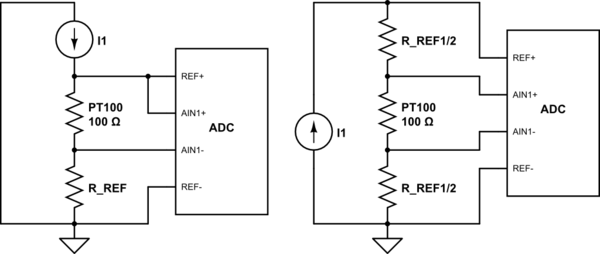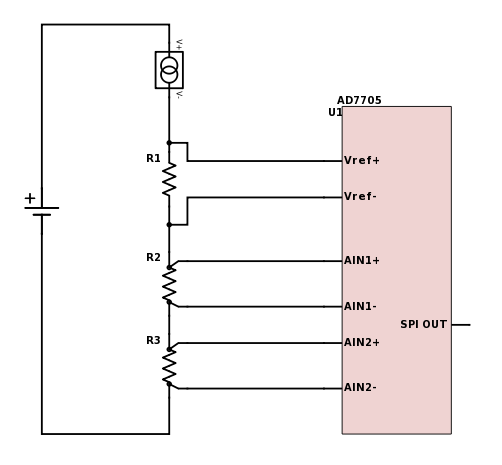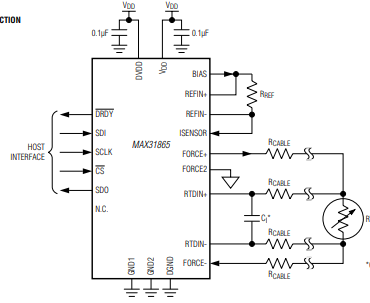In general, what you're trying to do is to have ratiometric operation. That's good. You just over-complicated the design somewhat. It works in principle, just not with the particular chip you chose - and may not work with any ADC for that matter. But if all ADCs had fully differential, wide-common-mode reference voltage inputs, it'd have worked all right!
For ratiometric operation, you could use a fixed voltage. So there's no need to convert current to voltage. Power the PT100 half-bridge from a fixed voltage and that's all. You also have a choice in whether to measure each resistor separately or both together on the 2nd channel. Or you could measure the total voltage across the circuit as the reference voltage. It'd do the same thing. You still have an accurate current measurement from the reference ("fixed") resistor.

simulate this circuit – Schematic created using CircuitLab
Both approaches above perform reasonably, depending on what reference voltage range the ADC accepts. The 2nd circuit places the input common mode in the middle of the reference. Most high resolution ADCs perform well in that scenario. The trade-off is needing two reference resistors instead of just one.



